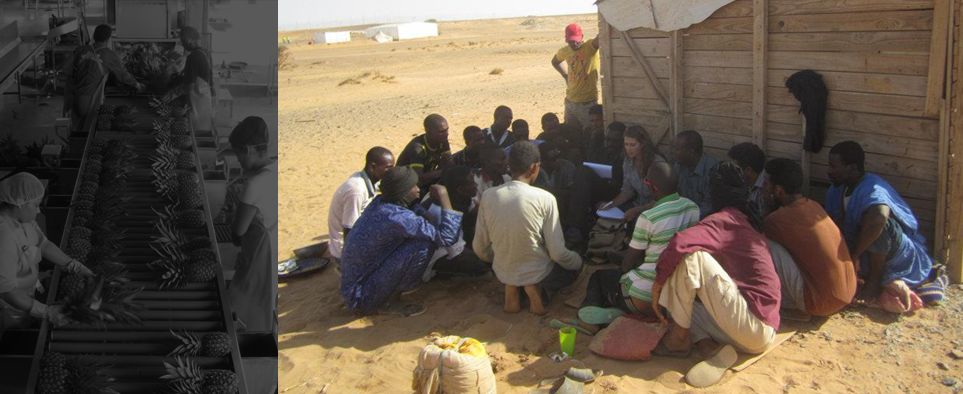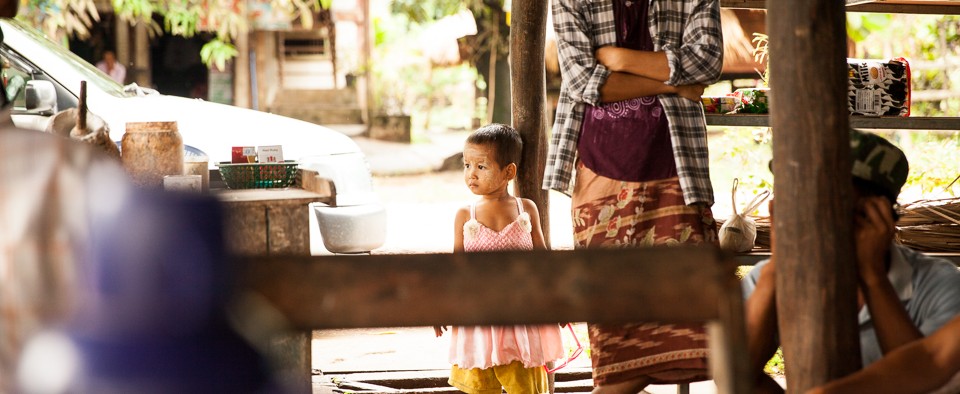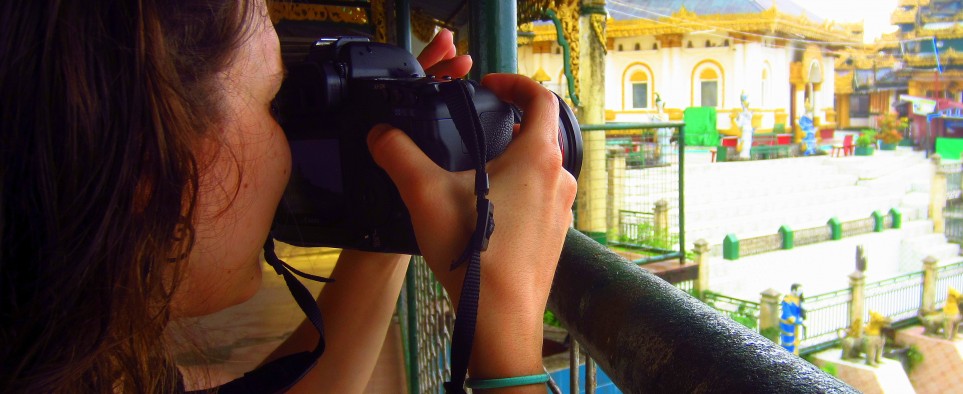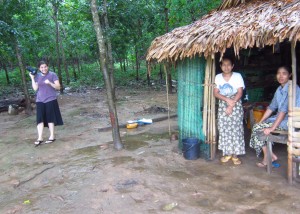The man not pictured above has had a long career at the Thaton power station, rising up the ranks from janitor to manager. He isn’t pictured because he has some observations about the workplace that could get him fired. Losing a government job would leave him virtually unemployable, blackballed from all technical positions in the region, given how closely allied this country’s business owners and government are.
But he wanted to talk about powerplant maintenance. The Thaton power station is in disrepair. Low-level workers and senior government officials describe it as past its prime. The last time the World Bank was engaging in Myanmar’s energy sector was 1992, 17 years after Thaton was constructed. At that time, Bank personnel wrote an electrification plan that slated Thaton for decommissioning in 2004. That’s right, a decade ago.
In any circumstances, a 40-year-old power plant would be ripe for replacement, but the need is all the greater here, where maintenance has been woefully neglected. Development experts have suggested that this is a result of two decades of international sanctions that made parts unavailable. Workers suggest that it’s the result of corruption. Budgets for repairs and maintenance fell victim to graft at every level of administration – for every 20 cans of rust-resistant paint ordered, 10 go to senior management, 5 to the next layer of bureaucracy, 2 to the next and 1 to plant-level authorities. Only two actually arrive for the worker who is assigned to repaint the facility. Meanwhile, the rust is the least of anyone’s worries at Thaton.
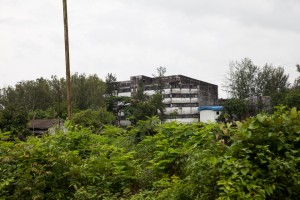
The original impetus for the Thaton Power station was this tire factory
The decrepit plant neglected through graft is a time bomb. The water treatment facility sits idle atop pools of stagnant water where dengue- and malaria-carrying mosquitoes breed. The automatic emergency shut-off mechanisms to isolate fires and reduce safety risks have been broken for years, demanding vigilance from an under-trained workforce. A fire in the facility would be almost unstoppable at this point.
Replacing the facility will solve today’s urgent issues, but the replacement power plant will likely be subject to the same corruption risks, starting the cycle of disrepair all over again.
The World Bank has detailed and strict financial reporting standards, which should protect against such graft during the construction phase of the project. But financial institutions only have leverage as long as debts are owed. NomoGaia is analyzing ways to ensure that maintenance is conducted and worker health and safety is protected even after the World Bank’s role is complete. Early risk identification is the first step in that process.
Our current presence in Southeast Asia is contributing to a risk assessment that will become available in early Fall.

